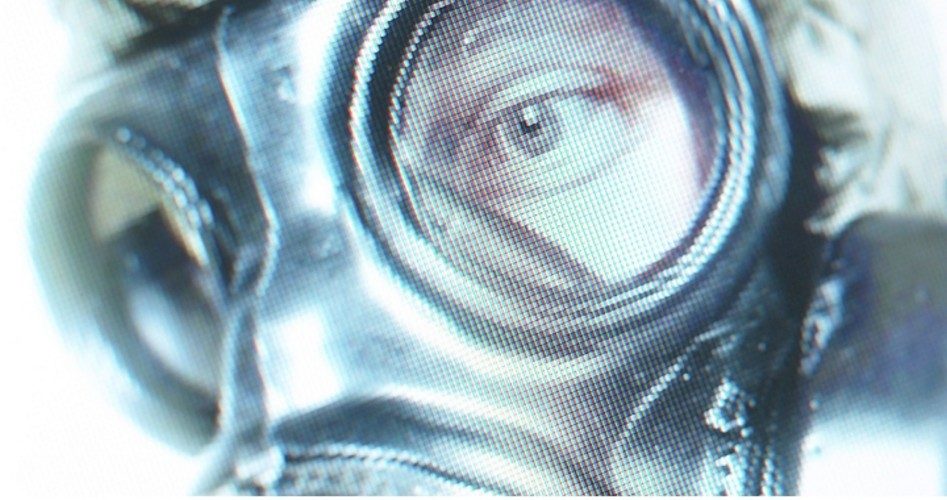
In the spring of 1347, a ship arrived in Italy, having returned from the Crimea. Many of the merchants and sailors on board were extremely ill, and some had already died. They had contracted the dreaded bubonic plague — later to be known as the Black Death.
The bubonic plague is thought to have been the same as the Plague of Justinian that had ravaged the Byzantine Empire under the emperor of that name several centuries earlier.
Historical evidence indicates that the 14th-century version of the horrific disease originated in China, probably in Mongolia. Mongols attacked the last trading station of Italian merchants at Caffa in the Crimea, but the plague attacked the attackers. In an early example of biological warfare, the besiegers catapulted the corpses over the walls of the city.
{modulepos inner_text_ad}
As the Italian merchants fled home, their ships brought with them rats with their fleas — carriers of the bubonic plague. From one port, the disease spread across Europe, eventually killing over half the population in only seven years.
Today, simple antibiotics such as the tetracyclines are usually more than adequate treatment for the plague. Yet, various inadequate treatments were tried in the 14th century, such as bleeding the victims, using laxatives, and even having sufferers visit latrines to breathe in foul odors.
One recomended treatment was for those with the disease to move to rural areas for cleaner air. While this plan allowed people to escape the unsanitary conditions of medieval cities, it also naturally served to spread the infection to new areas.
Another outbreak brought the plague from southwest China to Hong Kong through water traffic, while Australia suffered 12 outbreaks from 1900-1925, the disease being spread through its thriving shipping industry.
An early 20th-century pandemic was the infamous Spanish Influenza, which killed even more human beings than the Black Death (because of greater world population). The cause of its rapid spread, which wiped out as much as five percent of the world’s population, was the mass movements of people during the days of the World War I. Soldiers and sailors were major contributors to its spread. While called “Spanish” Flu, largely as a result of having almost killed the Spanish monarch King Alfonso XIII, the disease likely orginated from Chinese laborers who worked behind the lines of French and British soldiers. Northern China suffered an outbreak in November of 1917, only a few short months before the disease began to inflict its toll on Europe and America.
The first World War had caused widespread travel on a scale largely unseen before.
So, it is clear that travel by diseased individuals is a huge factor in the spread of infectious diseases, whether viral (as with the Spanish Flu), or bacterial (as with the plague).
Yet, the American government’s medical establishment seems to ignore these basic lessons of the history of the Black Death and the influenza epidemic of 1917-1920. Common sense would seem to dictate that as the Ebola virus is concentrated in three heavily-infected nations of West Africa (Guinea, Liberia, and Sierra Leone), the single most effective way to protect Americans from this deadly illness is simply to prevent any travel into the United States from these countries until the crisis has passed.
Instead, the Centers for Disease Control (CDC) and the U.S. government have opted to simply give travelers from these three nations “additional screening.” As Chip Wood wrote for The New American on October 15 in his article “Stopping the Spread of Ebola,” incoming passengers at New York’s Kennedy Airport and four other airports that account for about 95 percent of travelers from the three countries, will only be asked some health questions, have their temperatures checked, and be examined for signs of illness.
Of course, Liberian Thomas Duncan, who carried the disease from Liberia into the United States, and has since died of Ebola, simply lied to health officials in Liberia about his contact with an Ebola patient. He had no fever, and showed no signs of illness when he arrived in the United States.
It appears that U.S. government officials are following an agenda other than what is in the best interests of the health of Americans, despite what history’s clear lessons teach us about the spread of deadly diseases.



